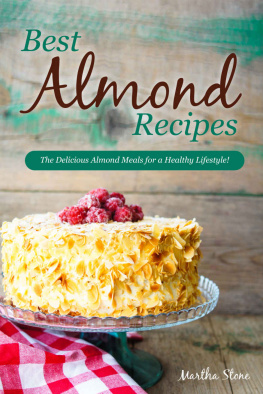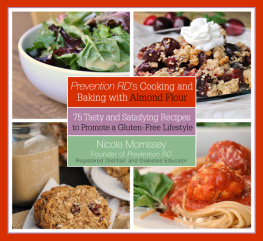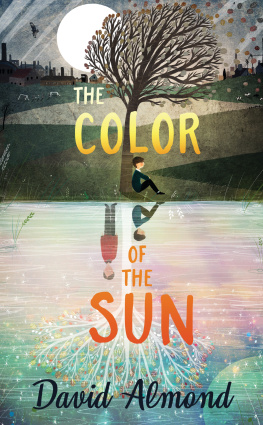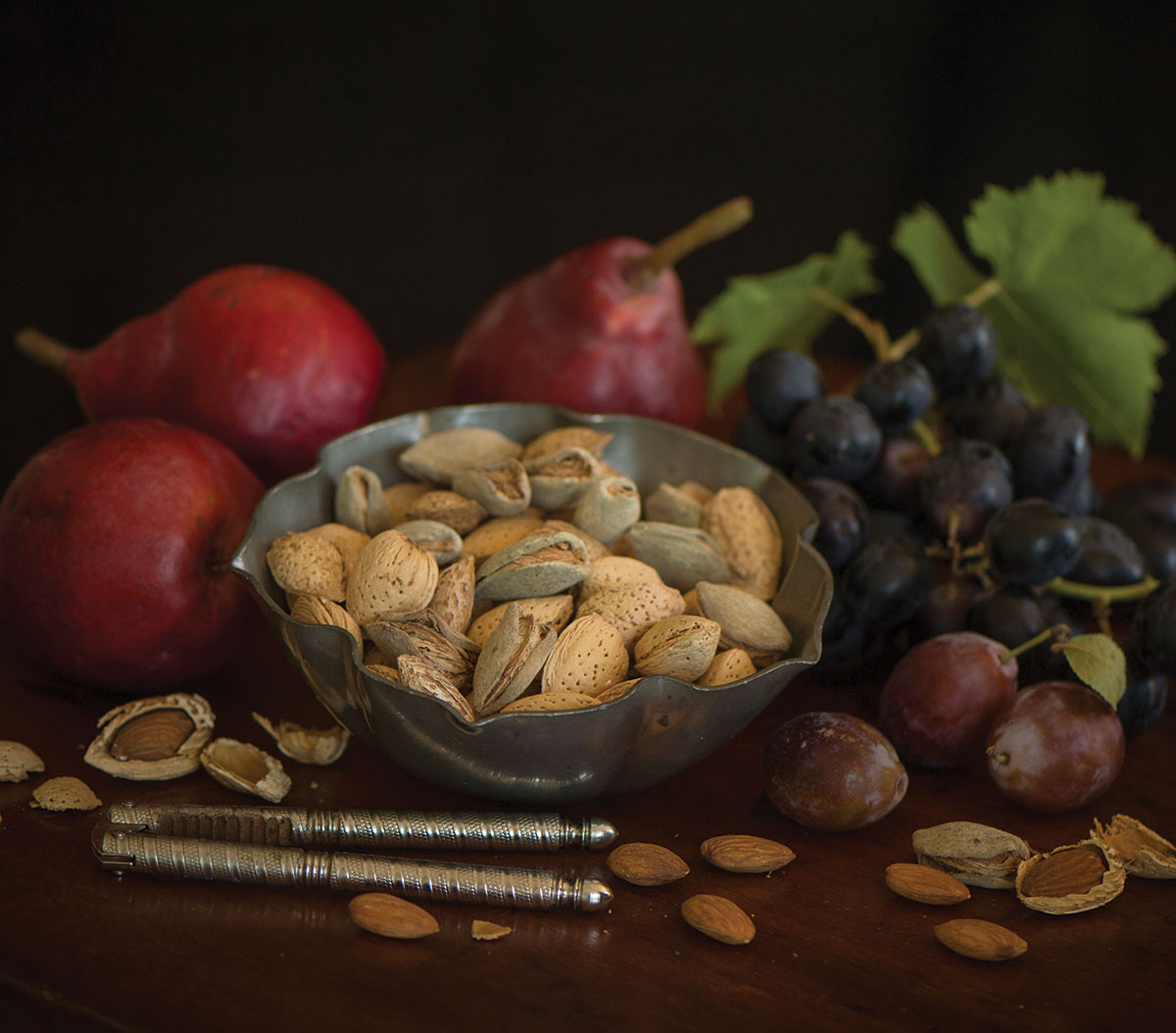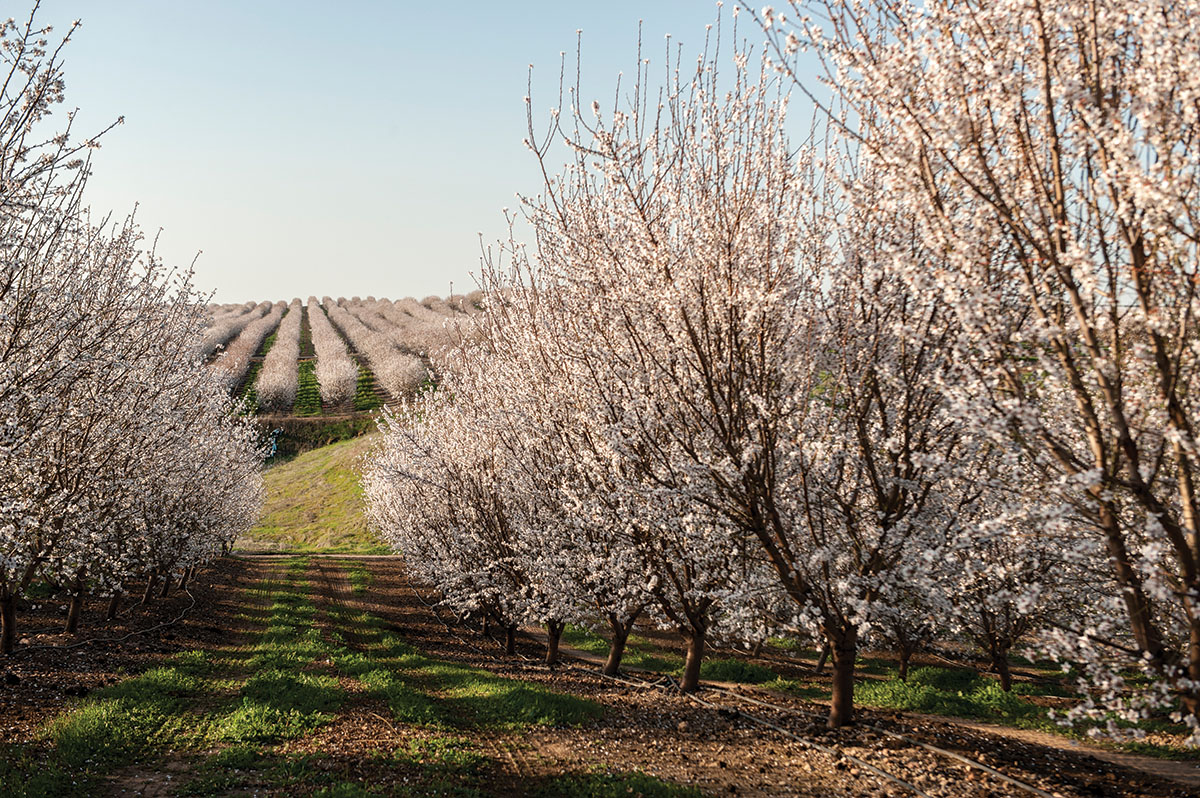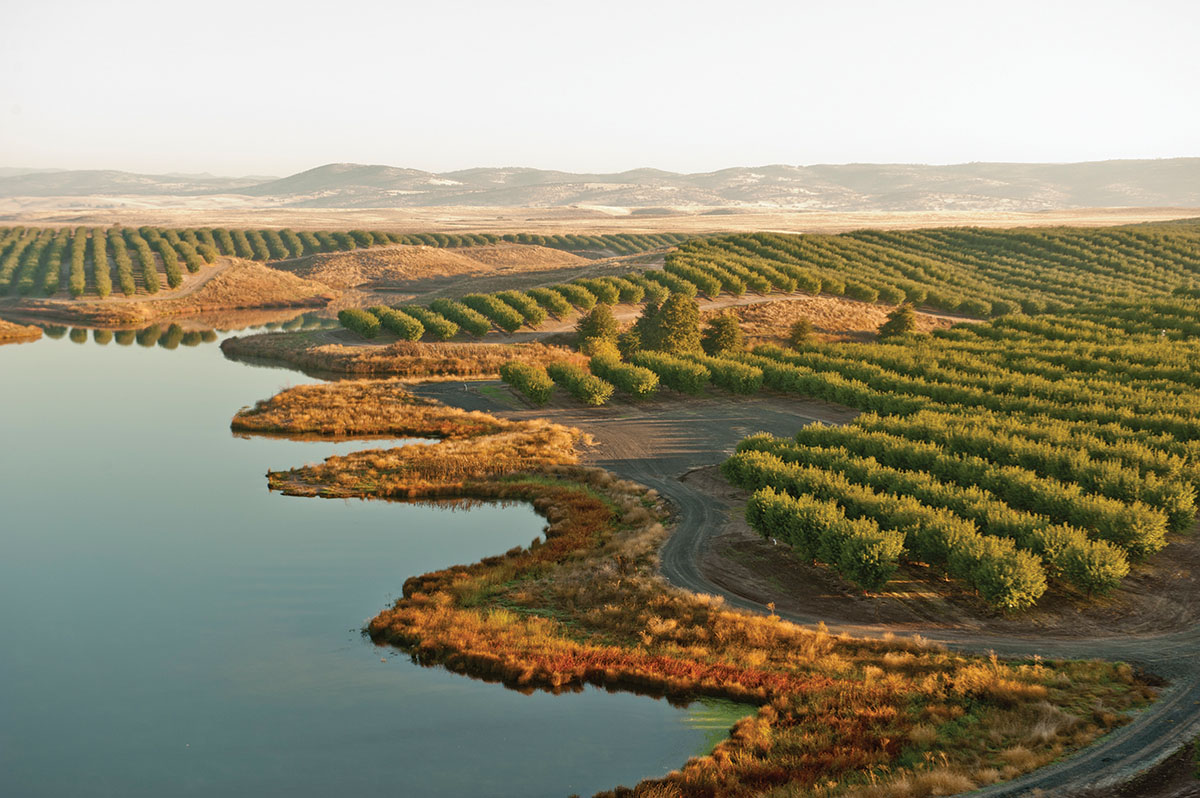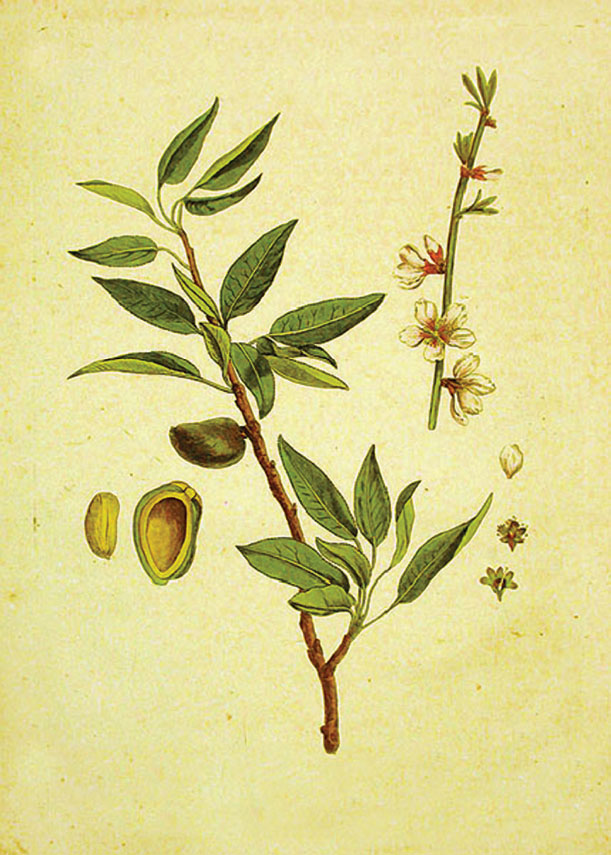Preface
When did I first fall in love with almonds? As a child, I remember walking to the Village Store in St. Louis with my monthly allowance of 25 cents. It was a tiny spot, with a lovely section of candy at my eye level. The woman behind the counter would hand us a small brown bag, into which we would place our carefully chosen treasures: jawbreakers, gum balls, wax lips, Lik-M-Aid, and the pice de rsistancea Hershey bar with almonds. I can still see down into that bag.
Other occasions brought almonds in every incarnation: chocolate-covered almonds from the famed Bissingers chocolate shop; croissants with almond filling; marzipan fruits from the Swiss bakery; Giulianas mothers almond crostata; Marcona almonds at my parents cocktail time. There were sugar-covered almonds in soft pastel colors at Easter, and silvery ones at Christmas. Santa left unshelled almonds in the toe of my Christmas stocking; as I opened them with the mouth of our German nutcracker, I had no idea they had once been covered with a furry green hull. And I remember my mother teaching me how to brown slivered almonds in butter, watching them closely, so they didnt burn.

Many years after all those first tastes of almonds, I visited an almond orchard for the first timea truly glorious experience. The ribbon-like rows wrapped the hills in every direction for miles. Once my love affair with almonds began, it could not help but spill over into so many other interests. Take bees, for example. Almond trees are completely dependent on bees for pollination. No bees, no almonds. Fortunately, bees travel well. They arrive in almond country by the truckful, during fertilization seasonfrom Modesto to Sacramento in Northern California, and near Bakersfield in the southern part of the state. Some come north, traveling just half a day, but for others, its a longer journey. Driving on an interstate highway between Texas and California in February, thinking about a hike down the Grand Canyon, one has no idea that the eighteen-wheelers in the next lane are transporting pollinators-for-hire, speeding through Nevada like fertility gods to the almond groves.
My friendship with almonds has led me to play in the kitchen, substituting almonds for pecans, cashews, and just about any other nut, using almond flour and almond milk in my baking instead of wheat flours or dairy milk, and enjoying almond butter as a replacement for peanut butter. Slivered or sliced, raw or roasted, ground or extracted, almonds have a rich range of textures, flavors, and uses: from amaretto and marzipan to amandine. Though they have been part of my daily snack routine for years (Ive always kept a stash of almonds and dried apricots in my car or purse), Im still discovering new ways to enjoy them. And I know Im not alone in loving almonds. The world is catching on to not only how wonderful almonds taste, but also how good they are for you.
As I worked on this book over the last few years, the wonders of almonds unfolded all around me. When I travel, I keep my eye out for almonds. After a fifteen-year absence, I returned to Rome last fall with two of my children. The Coliseum now has educational displays in glass cases, one of which contains remnants of what was said to be a snack food sold at the equivalent of a concession stand: chicken bones (hot wings back then?) and almond shells! I pictured myself in a toga, munching on the same treat that I carried in my purse.
My daughter and I also spent time in France, exploring the mountainside villages that overlook the Mediterranean coast. Whenever I visit a city I make time to peruse the open-air markets, bringing home the local producein my camera. I loved discovering, as I traveled from village to village (ze, Antibes, Saint-Paul-de-Vence, Beaulieu-sur-Mer), that every town market had freshly picked almonds, still in their green, fuzzy hulls. The markets are full of beautiful scenes and still lifes, some of which I share in this book. No wonder almonds are included in so many paintings of feasts; theyve always been part of the European palate!
This project has been a labor of love for the creative team. We wanted to make a book that celebrates almonds and shares the beauty of their growing cycle, their rich cultural history and culinary traditions, and their presence in fine art, poetry, mythology, etymology, and even murder mysteries! These recipes from eighteen countries are a testament to the great variety of ways almonds can be enjoyed. We hope we have done justice to the noble, ancient almond. We trust that you will find much to savor here.
Barbara Bryant
Introduction
The Essential Almond
My signor Ludovico and his court gobble up all the sculptures I give them, a pained teenaged Leonardo da Vinci protested in 1470, in his Notes on Cuisine . Employed by the court of Milan, the Renaissance genius was referring not to marble statuary but to sculptures he crafted from marzipan.
Now I am determined, Leonardo continued, to find other means that do not taste as good, so that my works may survive. While his The Last Supper and Mona Lisa have become icons in the history of art, Leonardos former medium, a blend of sugar and almonds, has also survived as a favorite of bakers and dessert lovers for almost fifteen hundred years.
Heralded for its many attractive properties even thousands of years before Leonardo sculpted his perishable masterpieces, the almond is rich in nutrients, steeped in history, a favorite subject of poets and painters, and esteemed as a symbol of love and beauty. Its versatility in cooking, its superfood status, and its abundance are only some of the reasons to savor and appreciate the most celebrated of tree nuts. Indeed, cracking open the subject of almonds is an exciting voyage of discovery.





